10 Ways to Challenge Yourself in Photography This Year
- WildWillowWays

- Feb 13, 2023
- 7 min read
As a follow-up to my last post, here are 10 ideas I have used to help challenge myself in photography, in an attempt to move my photography to the ‘next level’.
I hope some of them work for you.
1. Try a different genre of photography
Do you take landscape photographs to the exclusion of everything else?
Do you concentrate only on street photography?
Is portrait photography your only photography genre?
As a beginner, if you concentrate exclusively on one area of photography you might consider trying something different as a challenge. For example, if you photograph natural landscapes only, why not try some architectural photography? If you normally shoot scenes exactly as you see them, why not give abstract photography a try?
Trying something different challenges you to think differently, to employ different skills and to discover new ways of working at your craft.
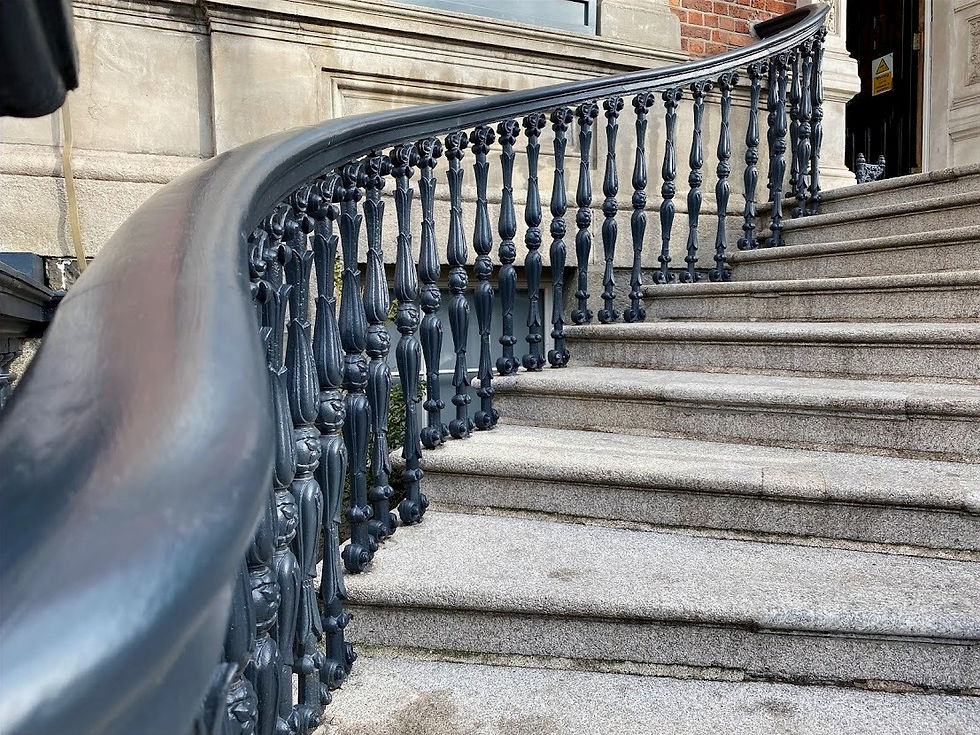
There are lots of features in the built environment that make for interesting images.
2. If you shoot in colour, try black and white
In my opinion, shooting in black and white gives a completely new dimension to your photography. Try setting your camera to monochrome and notice how you take photographs. You will automatically look for strong structure and good contrast, pay close attention to composition and have a definite vision about your final image.
Eliminating colour strips your image down to bare basics and getting the image right will take a different approach than when you rely on colour for the success of your image.
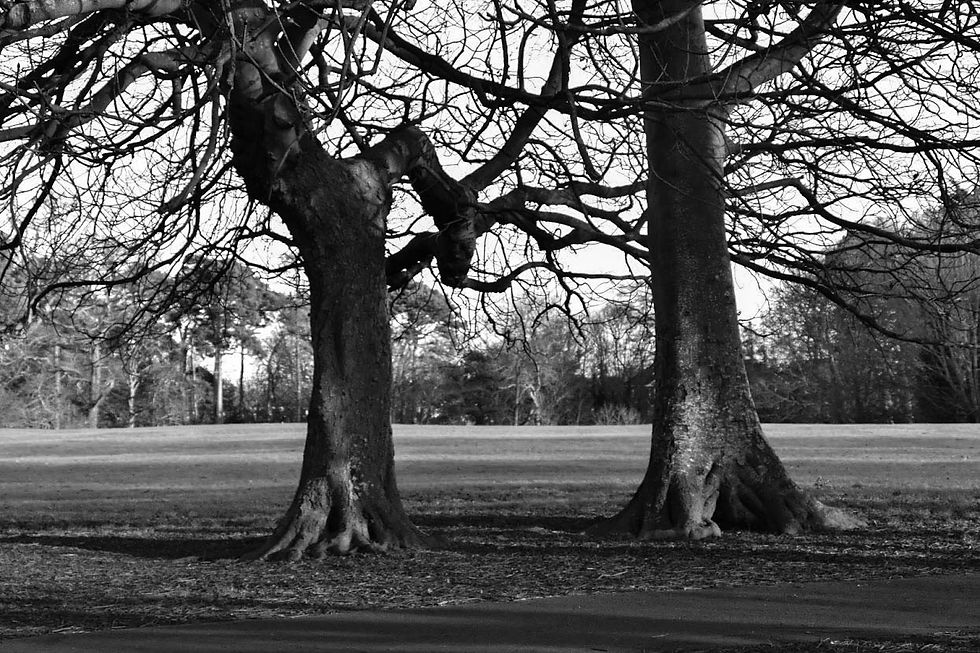
The lack of colour here adds to the wintry feel of the image.
3. Go to new places
This may seem obvious but going somewhere different can really help us find a new enthusiasm.
This can be a photography trip to another country or just to an unfamiliar place with new photographic opportunities.
I recently shared some images from a park that I hadn’t visited before. It wasn't easy to find good compositions and the images I made weren’t spectacular but they were memorable in that I had to think about my approach and use some composition tips to get anything worthwhile.
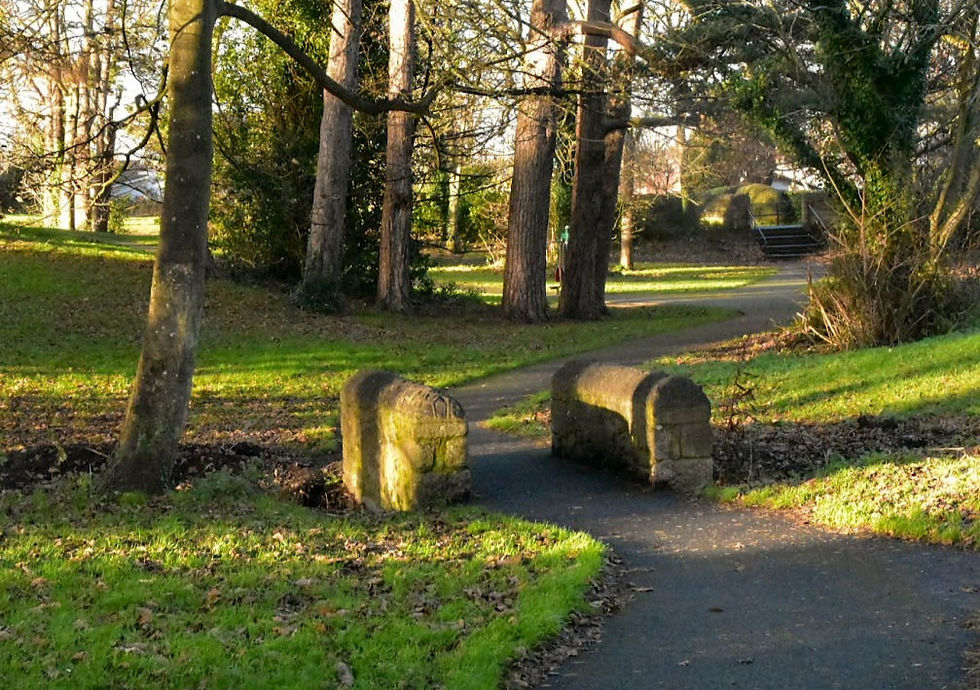
I tried to find a leading line to lead the viewer through the image. This S-bend worked well and I also like the way the trees lean over the path.
4. Try a project or assignment
We can challenge ourselves by taking on a personal project or assignment.
I was recently given a book which simply invited me to take 200 short photography challenges, each based on a prompt such as, capture a rough texture, try out some minimalist photography, capture something in the wild, and so on. The idea is to print them and add them to the book which will become a record of my progress in photography, of my interpretation of each of the challenges and of my developing creativity.
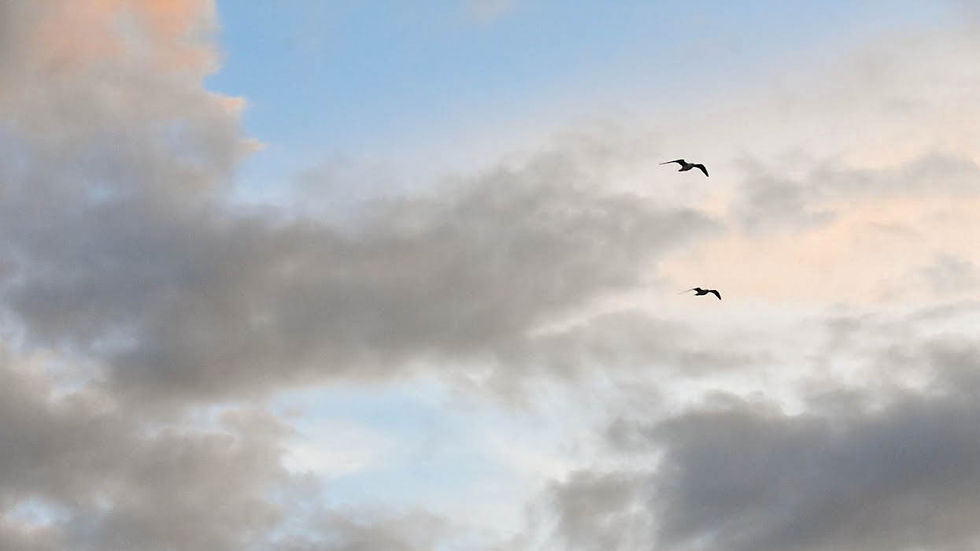
I included this image as an example of minimalist photography.
5. Get out of your comfort zone
Take part in a competition or challenge online, in a photography magazine or on social media, where you are required to adhere to a set of regulations, work within certain parameters and submit your images to a team of judges or to a photography group.
In this instance you have to be confident about showing your work, which may require overcoming inhibitions, and this provides an ongoing challenge.
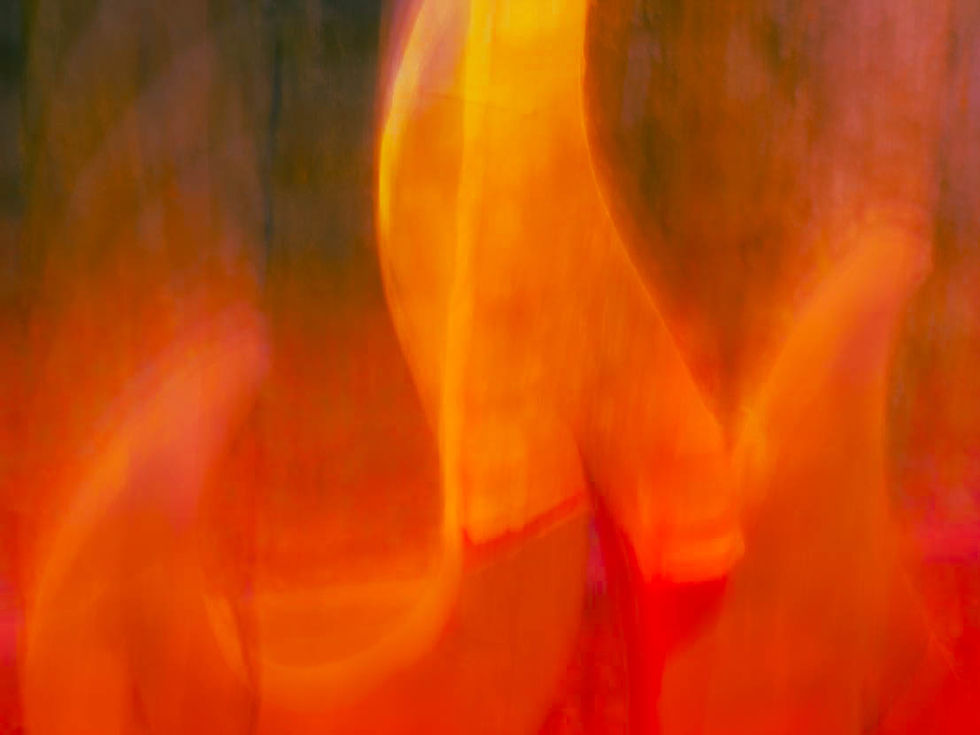
I submitted this image to a recent 'Fire' Photography Challenge. The image was shown on the channel as an example of a creative interpretation of the theme. I had been reluctant to submit my image to a public forum, but I was glad that I took the risk.
6. Join a workshop or camera club
While many photographers prefer to work alone, there are advantages in joining a group of like-minded people who share experiences and ideas, give suggestions and provide a sounding board for each other.
I remember each workshop I have attended, whether in person or online, and in each of them I drew encouragement from discussions with other members of the group as well as from an experienced facilitator.
If you find yourself needing motivation and inspiration this is a sure-fire way to re-group and add some new experiences to your photography journey.
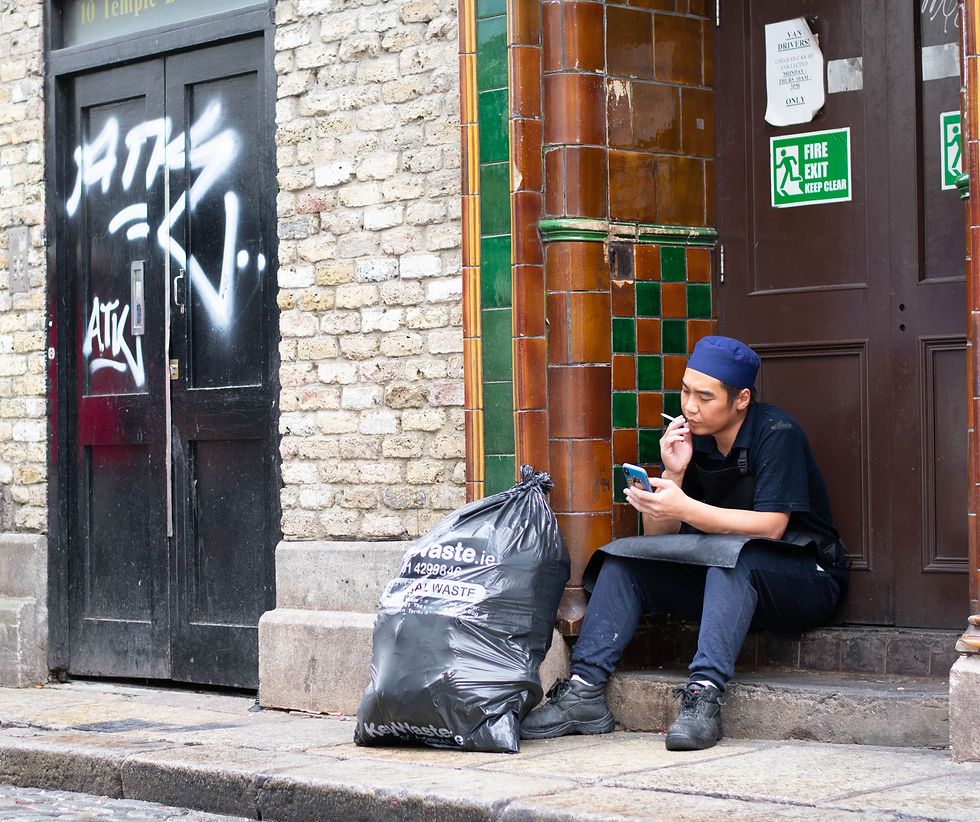
I took this image on a memorable street photography workshop, and I am proud of it, yet I know I would not have taken the image without the encouragement of the facilitator.
7. Study the work of photographers you admire and find out why you like their work
We are drawn to the work of some photographers more than that of others. It helps our own photography practice to study the work of those photographers we like, whether this is in a physical photography exhibition, an online platform or in book form.
It is worth asking ourselves what it is about the work of these photographers that draws us towards their images.
Is it the subject matter, the colours they use, their composition style?
If we like some of their images and not others, do we know why this is?
By trying to answer these questions for ourselves we are discovering something about our own preferences and this in turn helps build our own profile as a developing photographer.
The idea is not to compare our work to these photographers and feel that we will never reach their standards. Rather, the aim is to see what we might have in common with these photographers and learn from their approach.
There are many photographers whose work is easy to access online and it is easier than ever to study and learn from good photography. Adding this to our repertoire of skills can challenge us to get out of a rut and to aim for better.
These are some of the photographers whose work I admire. I like their photography style and their images. The topics they cover on their respective channels are accessible to all levels of photographer and they provide plenty of encouragement for growth in our photography journeys.
You will easily find others whose style of photography appeals to you.
8. Try a type of photography you think you don’t like
This suggestion might not appeal to everyone. You might ask, why should I spend time doing something I don’t enjoy? My answer is that sometimes we need to confront our prejudices. As an example, I used to have no interest in any type of abstract photography. I liked to look at abstract images but practising this type of photography had no appeal for me. Then I watched a talented photographer doing photography using Intentional Camera Movement (ICM). I liked the final images but didn’t think it would add to my enjoyment of photography. I tried ICM for myself and began to enjoy it as a creative outlet for my photography. I loved experimenting with movements, colours, shapes and textures, and this type of photography has now become a favourite of mine.
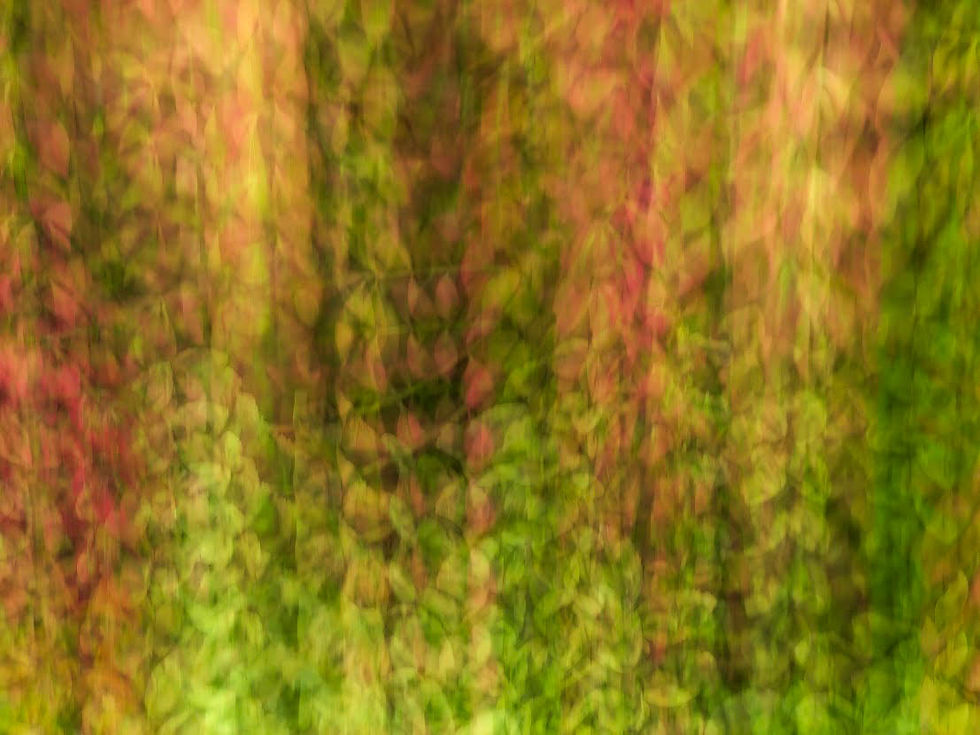
ICM photography is simple to do and the results can be surprising.
9. Limit yourself to one lens for a while
It is easy to become complacent in our use of lenses, especially if we get used to carrying a lens with a varied focal range. But it is always a good idea to limit ourselves to just one focal length for a while and see what difference it can make to our photography.
Sometimes I have limited myself to a prime lens with a fixed focal length of 50mm or 35mm. Without the possibility of being able to zoom I have to focus differently and move more to get the best compositions. A prime lens will also give me a wider aperture to experiment with.
On another occasion I may go out with a telephoto lens which will encourage me to pick out details in a scene rather than focus on the wider scene.
Alternatively, I might spend some time with a macro lens, getting up close to my subject and seeing details not normally seen with the human eye. This will often add a new dimension to our photography.
While it can be convenient to have a lens with a varied focal length why not challenge yourself to something different and see if it helps you change the way you do photography.

Trying to capture a sharp image with a blurry background can be difficult to achieve but it is worth experimenting with a wide aperture to see what results
10. Print your images
Often our images go no further than a folder on our computer. They remain as digital images and we miss seeing them in their best possible format – that is, in print!
Printing our images presents us with an interesting process.
When we decide to print an image we will spend time ensuring that it is an image we like, we edit to the best of our ability, we choose a good quality paper and we can feel proud as we hold the physical copy of the image or display it in a frame to hang on the wall.

There are lots of ways of making use of the printed form of images, as well as framing them for display.
We can choose a number of images to make a yearly calendar or include them in a photo book where we can add our own captions or notes. Photo books can be printed fairly cheaply or we can spend a bit more to get a more professional finish.
Whether you choose to occasionally print an image to hang at home, enjoy browsing through a book of your personally chosen images or feel proud as you turn the page of your calendar each month to reveal one of your images, seeing your images in print is very worthwhile and a good way to challenge how you look at your photography.
All of these ideas have the potential to help us take our photography to a new level and to give us new challenges which will contribute to our growth and developmnet as photographers.
Why not pick the one the appeals to you most and give it a try?






Comments